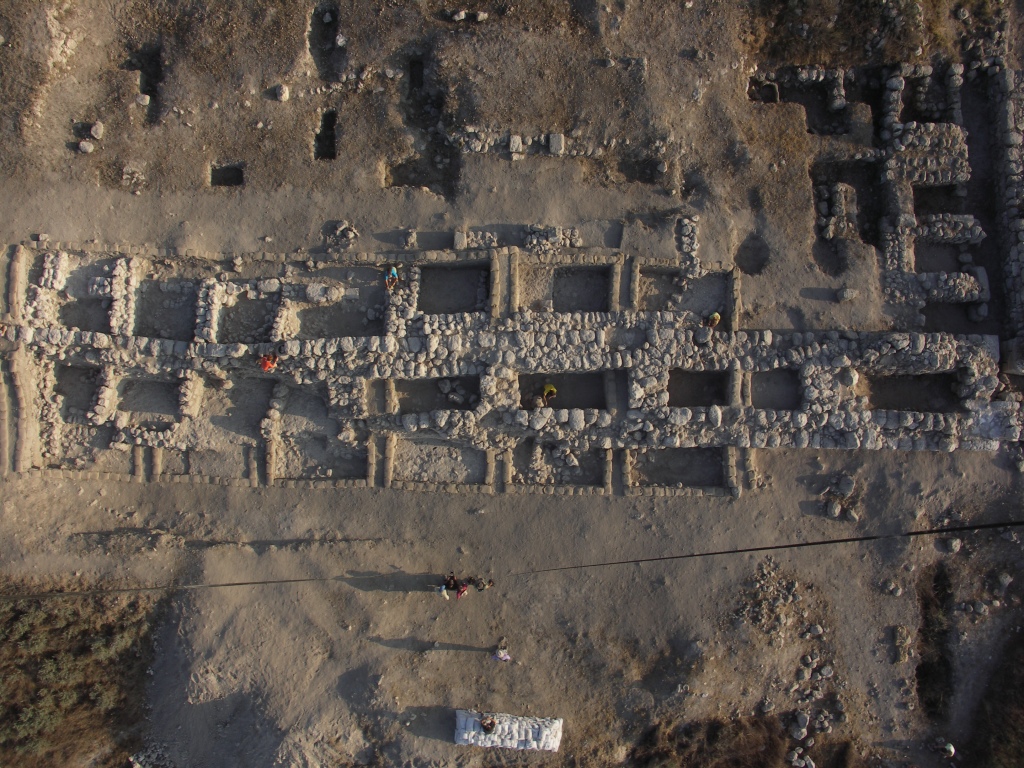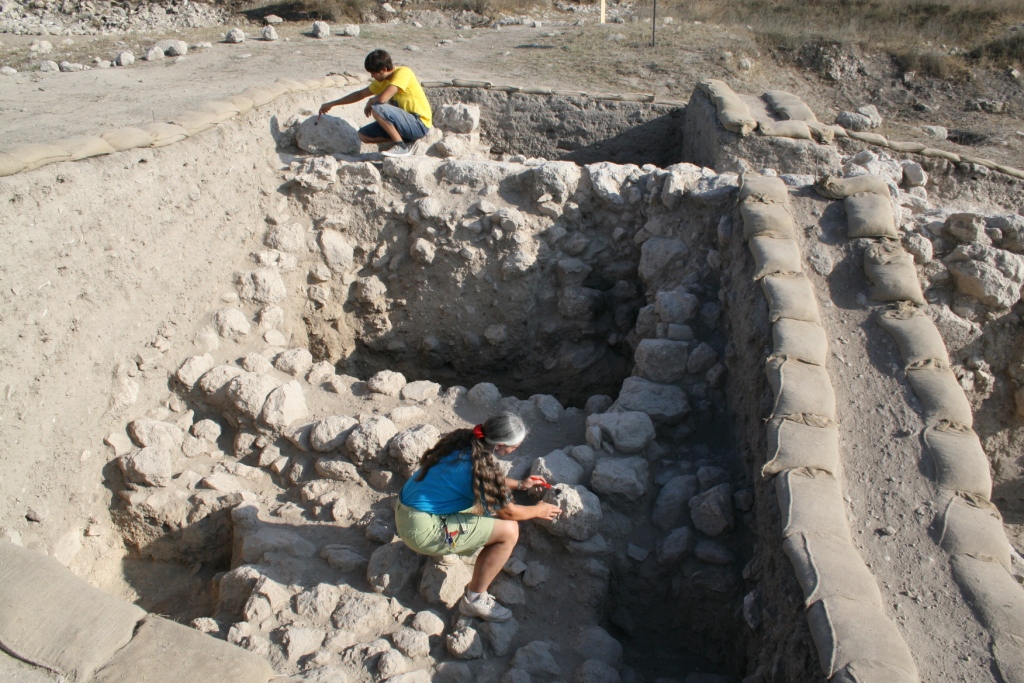by John Strong
July 8, 2011
Ah, the feel of power! In some of my earlier posts, I talked about archaeology as the careful practice of destruction. Thus, for someone like me, who as a kid got some sort of basic satisfaction with tearing stuff up (just ask my mother!), archaeology is a pretty good job fit. And, no more satisfying does it get than when you take down the ultimate—an ancient city wall!
In our very first season, 2006, the excavation team uncovered a single row from the bottom course of ancient Gezer’s city wall. I was actually one of the people who excavated this particular stretch of the wall. Oh, I was very proud of myself, and I swept the stones of that wall obsessively. We had seen other stretches of the wall, which had already been excavated in the early part of the 20th century and then re-excavated in the 1960s and 1970s. So, in 2006, when we scooped out the dirt around this short run of the wall, we were not surprised, but still, I thought it was pretty cool.


Fast forward five years and four seasons to late June, 2011. Now we have come to the time to remove that stretch of the city wall, in order to explore below it. This is a little more tricky, and requires bigger tools that a hard brush. First, in past seasons, we (as well as other archaeologists) have explored all around this wall, so that the wall is “pedestalled,” by which I mean that all the dirt
around and below the wall is gone, and it is now sitting, as it were, on a pedestal. So, it is a little bit precarious to yank off stones because of balancing issues. Second, as one would expect of a city wall, these stones were huge and heavy. I, on the other hand, am fairly scrawny (there are good reasons I have a desk job), and in any “me vs. the stone” contest, I lose.
However, while I have been tasked with supervising the tear-down operation, I do not personally have to remove each and every stone—we have several volunteers who are heftier than I am, and who do better in the “human vs. stone” contest. One by one, then, we pried off the stones of this wall, and using a sledge hammer, broke them into smaller pieces, which were more easily carried off and dumped off the side of the tel. One volunteer suffered a bruised toe when a stone failed to cooperate and rolled in a direction of its own choosing, but other than this, the humans won, and the wall went quietly.

In 735 bc, the Assyrian king Tiglath-Pileser III conquered Gezer, and then bragged about it on a bas relief panel in his palace in Nineveh. I cannot say for certain that this is the stretch of city wall that Tiglath-Pileser destroyed, but it could have been. It could be as well that he left a meaningless row of stones as he went on to plunder the rest of the city, including a four-room house, the remains of which we excavated in 2009. I, therefore, like to think of myself as the guy who finished the job that Tiglath-Pileser left undone. A little overblown, to be sure, and an ill-chosen claim, certainly, given what Isaiah and Nahum said about the pride of the Assyrians, and their eventual fate. But for the moment, I’m feeling the power!
